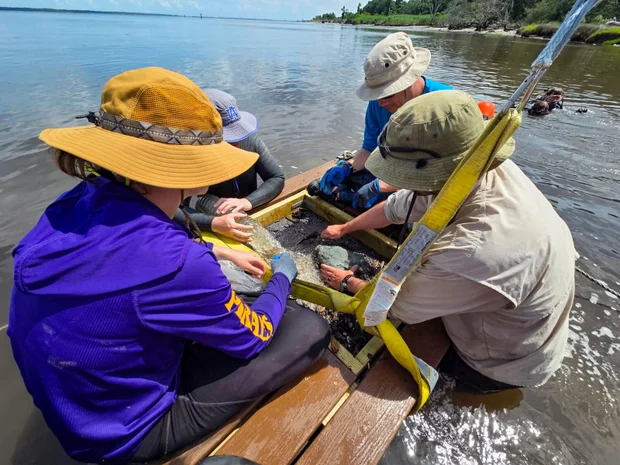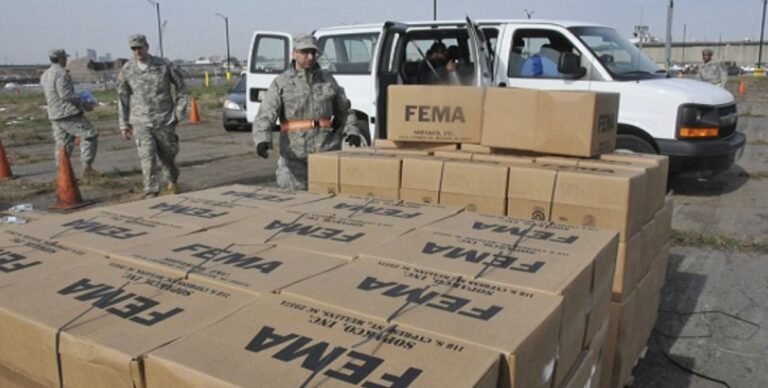SC State Launches Stormwater Drainage Study to Address Campus Flooding
ORANGEBURG, S.C. – South Carolina State University is undertaking a major stormwater drainage study to identify and resolve chronic flooding problems that have disrupted campus life for more than a decade.
Longstanding Flooding Concerns
According to university officials, heavy rainfall has repeatedly forced closures in key academic and residential buildings. Ken Davis, associate vice president for facilities management and operations, said flooding has been a consistent issue since 2014.
“When we get heavy rainfall, we have to sandbag to actually keep the water out of them,” Davis explained. “Some academic buildings flood so badly that 75% of the time it downpours, we must cancel classes for a couple of days in those buildings.”
The most flood-prone areas include MLK Auditorium, Belcher Hall, Crawford Hall Engineering Building, Mitchell Hall, and University Village residence halls.
Partnership With State and Federal Agencies
The study is being conducted in partnership with the South Carolina Office of Resilience (SCOR) and engineering firm Rummel, Klepper & Kahl, LLP (RK&K). It is funded through a U.S. Department of Housing and Urban Development Community Development Block Grant-Mitigation program.
Randall Mungo, a water resource manager for RK&K, said proposed solutions include larger drainage pipes, underground water retention systems, and retention ponds.
Campus Input Shapes Solutions
Students and faculty have been invited to share their firsthand experiences at campus drop-in meetings. Professors pointed out long-standing problem areas, while students added new sites for engineers to evaluate.
Jennifer Cash, a faculty member who has taught at SC State for 23 years, said sandbags are now a permanent fixture outside some doors. “There’s a little bit of a lower area, and we get water that comes in under the door because it just can’t drain away fast enough,” she said. “I look forward to the day when the rainwater collects and drains in a controlled manner.”
Looking to the Future
University leaders hope the study will lay the groundwork for major infrastructure upgrades on the 130-year-old campus. Davis noted that the drainage problems are tied to aging underground systems in Orangeburg as well. “Until things are put in place to increase the infrastructure, we’re going to face this,” he said.
The results of the study will guide future construction projects aimed at protecting both campus facilities and students’ ability to learn without disruption.
Readers in Orangeburg who have experienced campus flooding or want to share their thoughts on local infrastructure needs are invited to comment at SaludaStandard-Sentinel.com.







